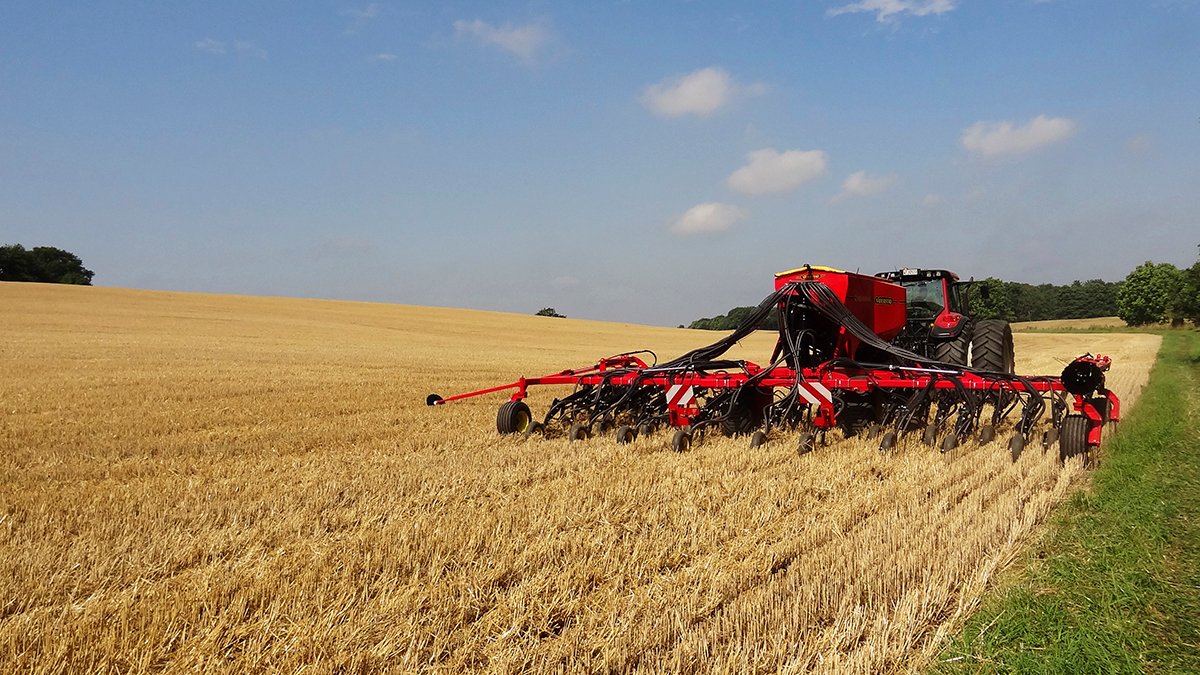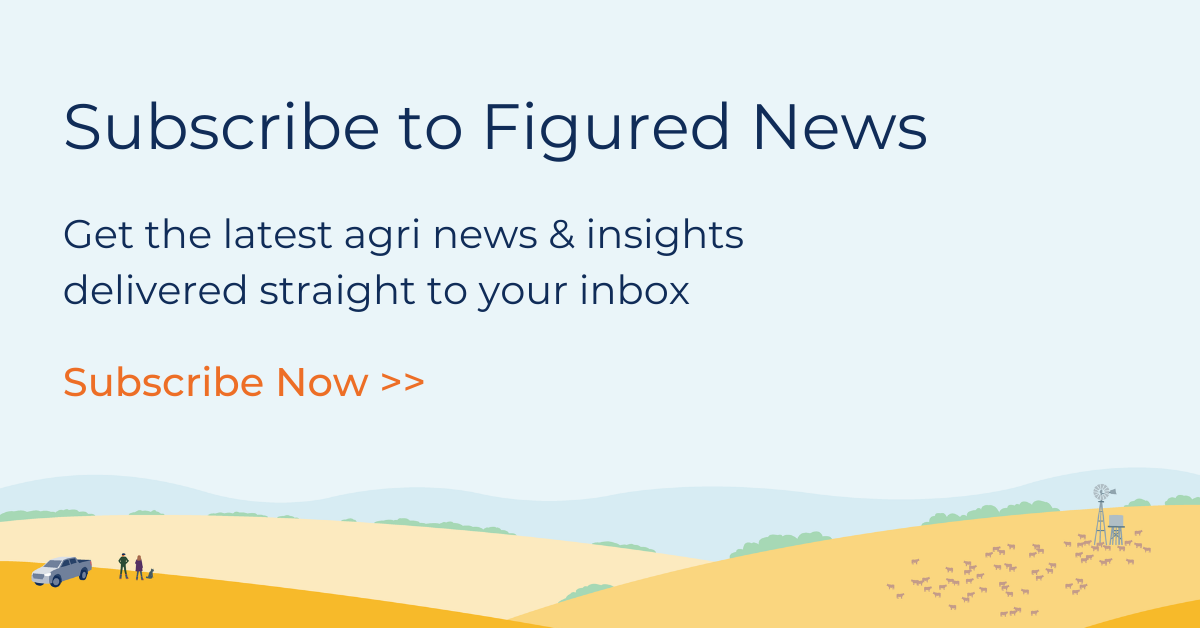By Tom FitzGerald, Partner Success Manager
Innovative technology enables arable farmers to run a more environmentally and financially sustainable business.
The arable farming sector has undergone several distinct periods of change and innovation over the last 50 years. The latest trend in innovation is the rise of regenerative agriculture, as the industry rises to the challenges imposed by climate change. This green movement is occurring at the same time as the rise in digital farming technologies and dramatic shifts in market economics.
In this article, we explore how arable farmers can progress to a more environmentally and financially sustainable future, by utilising digital tech to support decisions.
Regenerative agriculture is a relatively new approach to farming that seeks to regenerate the land, soil and water, as well as enhance the wider environment and improve the nutrient density of food produced. There is no ‘one size fits all approach’ though, as every farm is different, with its own set of unique circumstances, soil type and geography. This makes it all the more important that decisions are backed up with insights and reasoning - and that is where technology comes in.
Farming with the environment in mind unlocks new opportunities for increased financial profitability. There are gains to be had from better utilisation of inputs such as fertiliser and fuel - leading to fewer greenhouse gas emissions per unit of production. Getting set up with the right equipment to enable this can be costly, and therefore it is important to assess what the costs and benefits are of making a change. Considerations must also be given to cash flow forecasting: when are assets like drills going to be bought, when will they be paid for, what inputs are needed and what are the payment terms. This can create a significant variance against the existing budget, and that needs to be worked through in detail.
In addition to this, there are a range of government support mechanisms in place such as the Countryside Stewardship Scheme, the recently announced Sustainable Farming Incentive which can be used to generate revenue for sustainability-focused actions. Being able to consistently measure the financial implications of any changes in practice is really important to make sure the direction of travel is the right one.
Getting a baseline understanding of what the financial situation is on the farm at present is a great way to identify areas in which improvements can be made. Use all the information at your disposal: whether that is production data such as yields, crop quality, weed burden but also financial information such as crop cost of production and return on input investment. There could well be a range of technologies already in use on the farm which can benefit this process, such as cloud accounting to get a better understanding of which enterprises and fields on the farm are making money.
Figured puts these insights at the fingertips of farmers and their advisors, helping them to understand what the current financial position is and what is the direction of travel. Only then is it possible to make fully informed decisions about the possible monetary implications of changes to production.
Different scenarios can also be modelled, for example, the purchase of a new piece of equipment like a direct drill, or the implications on crop output and variable costs of moving to conservation tillage methods. You can also improve the accuracy of your scenario by including other sources of income such as subsidy schemes or private loans used to finance any business changes.
There is also a lot to be learnt from the experience and advice of others, whether this is to learn about practices that have worked or didn't work - or as a sounding board for your new ideas. Check out this list of Figured advisors to find out how you can get started.
If you’d like to find out more about Figured and how it enables a clearer picture of your farms financial position, get in touch with us here.
This article originally appeared on cla.org.uk.


